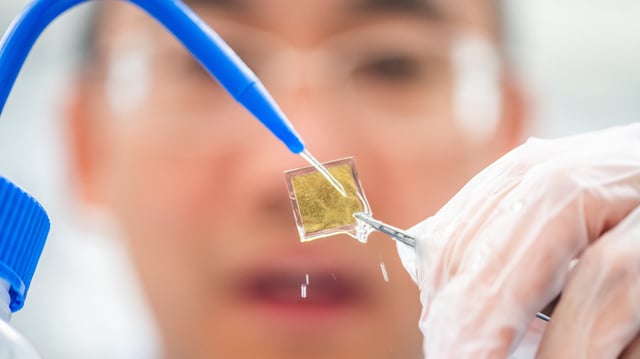Overview
- Linköping University researchers created a Ni(OH)₂/Co₃O₄/3C-SiC composite that enhances solar water splitting efficiency by a factor of eight.
- The three-layer structure boosts charge separation and limits charge recombination compared with standalone cubic silicon carbide.
- Most current photochemical systems achieve just 1–3% solar-to-hydrogen conversion, falling short of the 10% efficiency required for commercial viability.
- Jianwu Sun’s team estimates that reaching the 10% target could take five to ten years of further material optimization.
- Green hydrogen from sunlight offers a low-carbon fuel option for trucks, ships, and aircraft ahead of the EU’s 2035 ban on new petrol and diesel vehicles.

